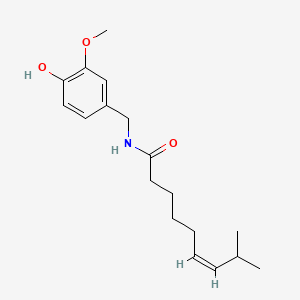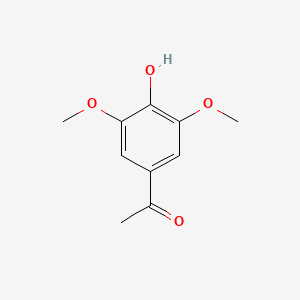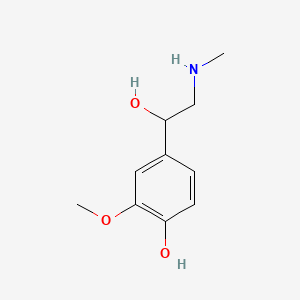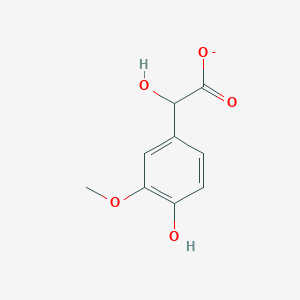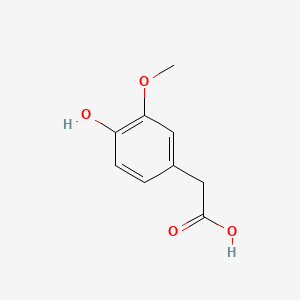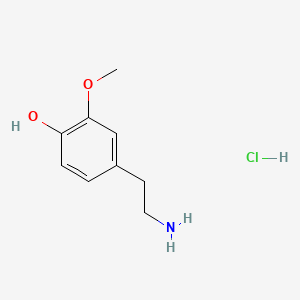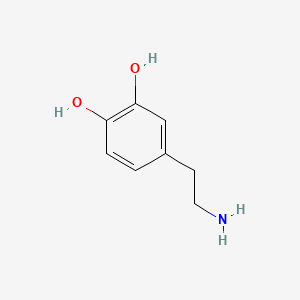Team:Bielefeld-Germany/Project/Outlook
From 2010.igem.org
Contents |
Outlook
The techniques’ potential
In our project we modulated the virA-gene from ’’A. tumefaciens’’, which is encoding a receptor for the plant-hormone acetosyringone, via error prone PCR. Slight mutations may alter the receptors conformation or its binding site. Both of these can cause shifts in specificity and sensitivity. This way we created a new receptor, which is capable of sensing capsaicin. The chemical formulas of capsaicin and acetosyringone are quite similar and there are other molecules of interest, that have some of the necessary properties, too. Thus, we suggest that it is possible to modulate VirA receptors in order to make them sense a variety of highly relevant compounds.
In other words, there are other candidates our sensing system may be applied to. All of them have similiar molecular structures as the vir-systems natural inducor acetosyringone. In the following we will present some of the most relevant compounds other than capsaicin, that may be upcoming targets of our research.
All of the following images of the compounds molecular structures are linked to [http://pubchem.ncbi.nlm.nih.gov/ The PubChem Project].
Diagnosis of pheochromocytoma and neuroblastoma (child tumors)
Pheochromocytoma
Pheochromocytoma is a rare endocrine tumor originating in the medulla of adrenal glands, localized on top of the kidney. The adrenal glands produce several catecholamines, to which metanephrine and dopamine belong. These hormones regulate responses to stress, heart rate and blood pressure. In patients with pheochromocytoma these hormones are released excessively, potentially causing increased heart rate and blood pressure. Pheochromocytoma may become life threatening when not recognized and treated [http://pheopara.nichd.nih.gov/ (Pheochromocytoma and Paraganglioma website at the NIH)].
These hormones can be quantified in urine and thus are important compounds of pheochromocytoma diagnostics. [http://jcem.endojournals.org/cgi/content/abstract/92/12/4602 Boyle et al. (2007)] compare different accuracies of diagnostic measures for the tumor and name urinary free metanephrine HPLC-measurement as the most sensitive and specific. Homovanillic acid and vanillyl mandelic acid are measured via HPLC aswell and are indicators for the same tumor.
Neuroblastoma
"Neuroblastoma is the most common extracranial solid tumor in infancy. It is an embryonal malignancy of the sympathetic nervous system arising from neuroblasts (pluripotent sympathetic cells). In the developing embryo, these cells invaginate, migrate along the neuraxis, and populate the sympathetic ganglia, adrenal medulla, and other sites. The pattern of distribution of these cells correlates with the sites of primary disease presentation." ([http://emedicine.medscape.com/article/988284-overview Lacayo, Davis 2010])
Patients with high-risk disease still have very poor outcomes despite intensive therapy.
"More than 90% of patients have elevated homovanillic acid (HVA) and/or vanillylmandelic acid (VMA) levels detectable in urine."
3-Methoxytyramine
[http://www.plosone.org/article/info%3Adoi%2F10.1371%2Fjournal.pone.0013452 Sotnikova et al. (2010)] suggest, that 3-Methoxytyramine (3-MT) plays an important role as a neuromodulator. 3-MT is a metabolite of Dopamine and is reported to be a potential indicator for dopamine-dependent diseases like the parkinson disease, schizophrenia and dyskinesia. 3-Methoxytyramin as metabolic product of the hormon dopamine can be detected in human urine ([http://edoc.hu-berlin.de/oa/degruyter/cclm.1971.9.6.478.pdf Knoll et al., 1971]). Dopamine is known as happiness hormone found in increased levels after taking stimulating substances such as cocaine or amphetamines. The latter is one of the worldwide most used substitutes in sportive competition as doping. Increased levels of 3-MT analyzed in urine taken from sportives can indicate to intake of stimulating substances ([http://journals.lww.com/acsm-msse/Abstract/1980/21000/The_effect_of_amphetamines_on_selected.13.aspx CHANDLER, JOE V. and STEVEN N BLAIR, 1980]).
Dopamine
Following some text ´bout it
Summary
The VirA receptor is a great starting point for modulations, in order to address a wide variety of highly relevant compounds. Since the basic sensing and reporting system was successfully established in E. coli, the next essential steps are to improve the mutagenesis strategy for the receptor, and finally the screening for each candidate compound.
Using a set of sensitivity tuners, the reporter output may then be optimized. Furthermore, the speed of the biological tests needs to be improved.
Weblinks
- Eunice Kennedy Shriver National Institute of Child Health and Human Development, Pheochromocytoma and Paragangliooma, 0-CH-0093
- Boyle J, Davidson DF, Perry CG and Connell JMC, Comparison of Diagnostic Accuracy of Urinary Free Metanephrines, Vanillyl Mandelic Acid, and Catecholamines and Plasma Catecholamines for Diagnosis of Pheochromocytoma ,Journal of Clinical Endocrinology & Metabolism, Vol. 92, No. 12 4602-4608
- http://pubchem.ncbi.nlm.nih.gov/
- KNOLL E, WISSER H, STAMM D, in Verfahren zur Bestimmung der 3-Methoxy-4-hydroxy-phenylessigsäure (Homovanillinsäure) im Harn durch in situ Remissionsmessung nach dünnschichtchromatographischer Trennung, Z. klin. Chem. u. klin. Biochem., 1971.
- Lacayo NJ, Neuroblastoma, eMedicine from webMD, 2010
- Sotnikova TD,Beaulieu J-M, Espinoza S, Masri B, Zhang X., Salahpour A, Barak LS, Caron MG, Gainetdinov RR, The Dopamine Metabolite 3-Methoxytyramine Is a Neuromodulator, PloSONE, 2010
- CHANDLER, JOE V. and STEVEN N. BLAIR. The effect of amphetamines on selected physiological components related to athletic success. Med. Sci. Sports Exercise, Vol. 12, No. 1, pp. 65-69, 1980.
 "
"



